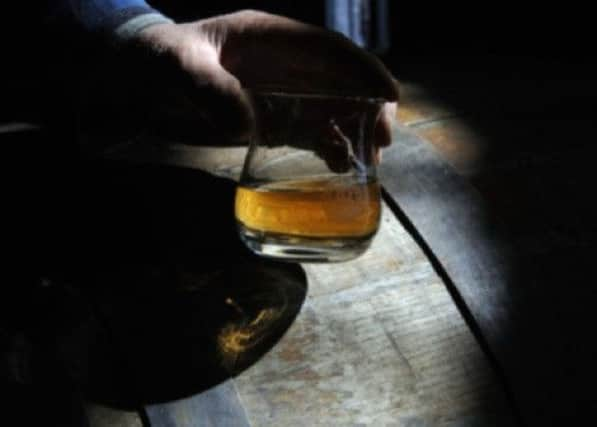Mix of winners and losers in licensing


In terms of the relevant law, every licensing board must prepare and publish a statement of their local policy every three years and the latest editions were due by the end of November 2013 (they cover the period November 2013-November 2016). The importance of the Statement of Licensing Policy should not be underestimated. It sets the parameters and the norm – what is and is not generally acceptable in terms of licensed premises. In particular they include overprovision areas and accepted licensed hours. This is the local framework in which licensed premises operate.
Extensive consultations were undertaken by most boards and the trade, licensing solicitors, police, NHS and indeed local communities awaited the draft policies.
Advertisement
Hide AdAdvertisement
Hide AdIn light of the number of licensed premises in Edinburgh and Glasgow, swathes of the trade waited with a mix of excitement and trepidation, to see the manifestation of those particular consultations – the rumour mill had been rife with speculation.
Edinburgh
Edinburgh’s consultation arguably threw up less, in terms of number, of areas of the policy to be reassessed. The big issue however was overprovision, ie whether, within the city of Edinburgh or areas therein, there is a saturation of licensed premises generally or indeed licensed premises of a particular sort, for example, off-sales.
With a finding of overprovision, there is a presumption against the grant of new licences (albeit each case must be heard on its own merits). There is a strong lobby group comprising of public health organisations and indeed some within the licensed trade who, arguably for different reasons, would like to see the number of new licences in the city frozen or at the very least curtailed. Others look at staying applications in specific areas of the city or for specific types of premises. This view is countered by those who see the benefits of new licensed premises as providing choice for locals and tourists alike and the fact new investment helps ensure standards of premises, both in terms of the fabric of the premises but also the management and the offering, continue to improve.
It is fair to say that the Edinburgh Licensing Board really grappled with the competing views and it split the membership, leading to deadlock. This necessitated a compromise. Rather than declaring additional areas of the city “overprovided for”, the board identified seven areas (in addition to the overprovision in the Grassmarket) as being of particular concern, namely: Tollcross; Dalry and Fountainbridge; Southside and Canongate; Old Town and Leith Street; South Leith; Leith Docks; Portobello.
It is too early to know the practical effect on new applications within these areas but suffice to say, one can anticipate a higher hurdle to overcome in persuading the board to grant a new licence. Make no mistake, if you are considering a new licensed business in these areas the compromise reached puts the trade in a much better position than would otherwise have been the case had there been a finding of overprovision.
Glasgow
Glasgow’s draft policy promised to be more revolutionary. Proposals following on from the consultation included extending pub type premises terminal hours from midnight to 1am within the city centre and extending the terminal hour for nightclubs outwith the city centre from 2am to 3am (giving them parity with their city centre competition). Once again, this led to a divergence of views within the trade. Publicans viewed their potential change as a welcome and much-needed shot in the arm. Nightclubs situated outside the city centre also got ready to breathe a sigh of relief, whereas nightclub operators in the city centre saw it as encroaching on their differential.
After the public consultation, the board announced a complete U-turn on the proposals which would have brought Glasgow into line with Edinburgh. What did get the go-ahead and received less coverage than the proposals on licensed hours, was the introduction of eight new overprovision areas.
That is a brief Tale of Two Cities and for parts of the trade perhaps, “it was the best of times, it was the worst of times…”
• Niall Hassard is an associate with Lindsays www.lindsays.co.uk